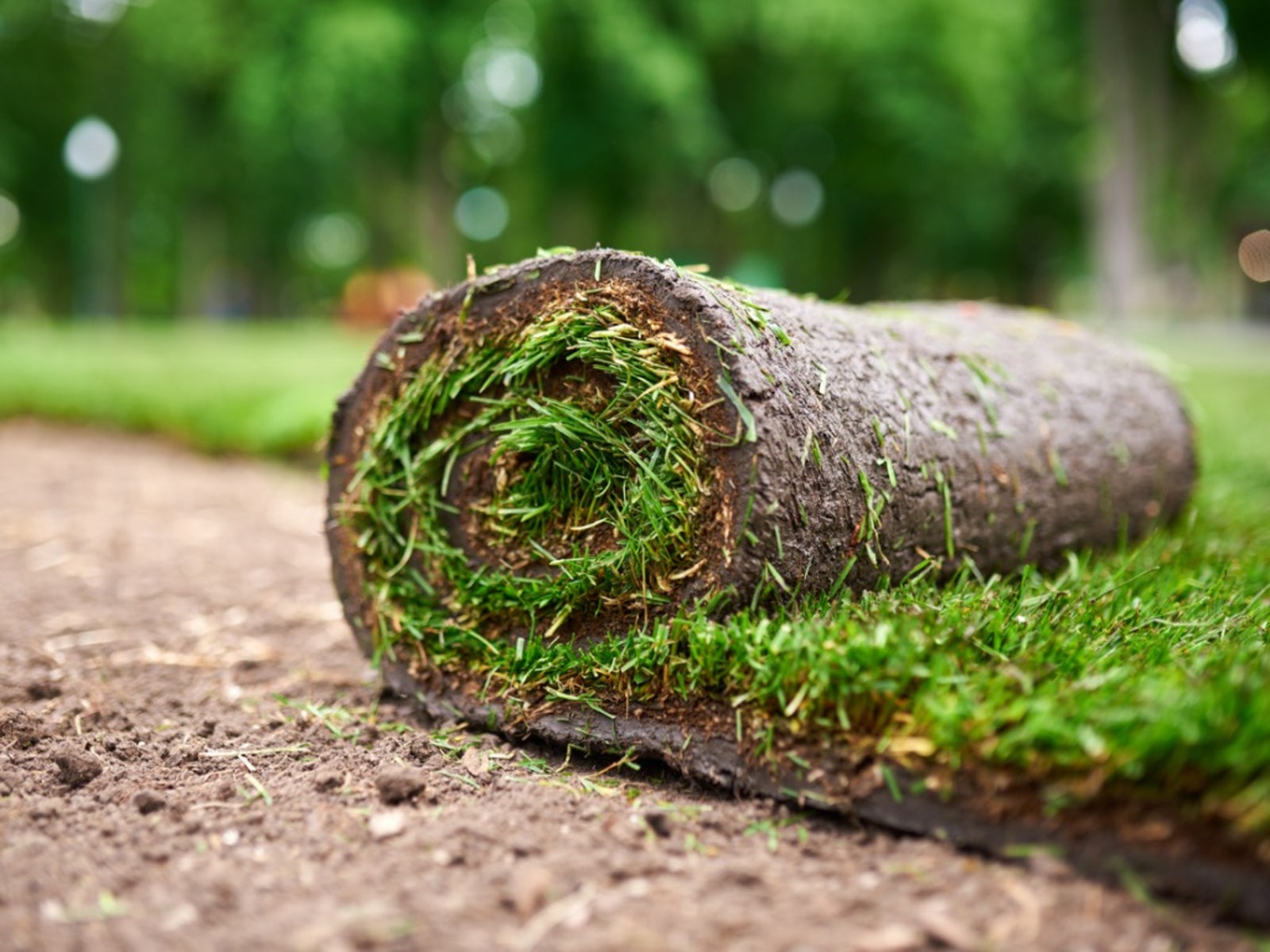Lasagna Composting - How To Layer Sod For A Lasagna Compost Garden


Sod layering is also known as lasagna gardening. No, lasagna is not just a culinary specialty, though building a lasagna compost garden is the same process as creating lasagna. When you use good, healthy ingredients for lasagna, the finished product is fabulous. The same is true for lasagna composting. You can use the same basic method to start a rich compost pile or to naturally decompose sod, prepare a seed bed, or build a berm.
Lasagna Compost Garden
The simplest way to take advantage of the debris in your landscape is to compost it. Basic compost rules require nitrogen and carbon as the basis of the organic materials. When aerobic bacteria and generous amounts of worms get to work on these materials, they turn it into a nutrient rich source of soil for the garden. Therefore, the easiest use of lasagna composting is in the compost pile. Lasagna composting is easy. Simply layer the two types of material on top of each other in an area that will receive sun to warm the pile. Spread some soil in between each layer to hold moisture and add the basic bacteria and organisms that will get to work turning the material into usable compost. Keep the pile moderately moist and turn it frequently to mix in the beneficial organisms and hasten the breakdown of the material.
What is Sod Layering?
Sod layering, like lasagna composting, is an easy way to break down grass and turn the area into a planting bed. Composting with sod layers will provide a nutrient rich soil space, but it does take some time. Plan how to layer sod at least five months prior to when you want to plant the area. Have on hand sources of both carbon and nitrogen (browns and greens) to spur the decomposition process. Leaves and straw or hay will work for compost and grass clippings or kitchen scraps can provide the nitrogen.
How to Layer Sod
Learning how to layer sod in the lasagna compost pile is simple. Turn the sod over and then spread a layer of wet newspaper over that. Put in fine nitrogen organic matter, such as leaves topped with soil or compost. Coat the surface of the area with more soil, then add carbon rich material. The newspaper will prevent the grass from growing back up through the soil. You can also use saturated cardboard, but make sure you remove any tape and do not use the waxed kind, as it will take too long to break down. The layers of material will help break down the sod and turn it into usable soil. Each layer needs to be about an inch (2.5 cm.) or so thick with a total height of 18 inches (46 cm.) or more. Composting with sod layers is not hard and you can layer in any order as long as the first layer is newspaper or cardboard and the last layer is carbon. If you want the process to go faster, weight a sheet of black plastic over the pile to keep the heat in. Check it frequently to make sure the pile is lightly moist. In five to six months, turn the soil and till it for planting.
Gardening tips, videos, info and more delivered right to your inbox!
Sign up for the Gardening Know How newsletter today and receive a free copy of our e-book "How to Grow Delicious Tomatoes".

Bonnie Grant is a professional landscaper with a Certification in Urban Gardening. She has been gardening and writing for 15 years. A former professional chef, she has a passion for edible landscaping.
-
 Get Ready For A Summer Of Hummers! Grow These Full Sun Hummingbird Plants and Flowers
Get Ready For A Summer Of Hummers! Grow These Full Sun Hummingbird Plants and FlowersIf you’re lucky enough to enjoy a sunny backyard, make sure you are maxing out on your pollinator opportunities and grow these full sun hummingbird plants and flowers
By Tonya Barnett
-
 12 Lush Alternatives To A Lawn For Sustainable Spaces
12 Lush Alternatives To A Lawn For Sustainable SpacesAlternatives to a lawn are beautiful and also beneficial to your local ecosystem and its pollinators. Explore our top picks for plants to replace grass.
By Tonya Barnett